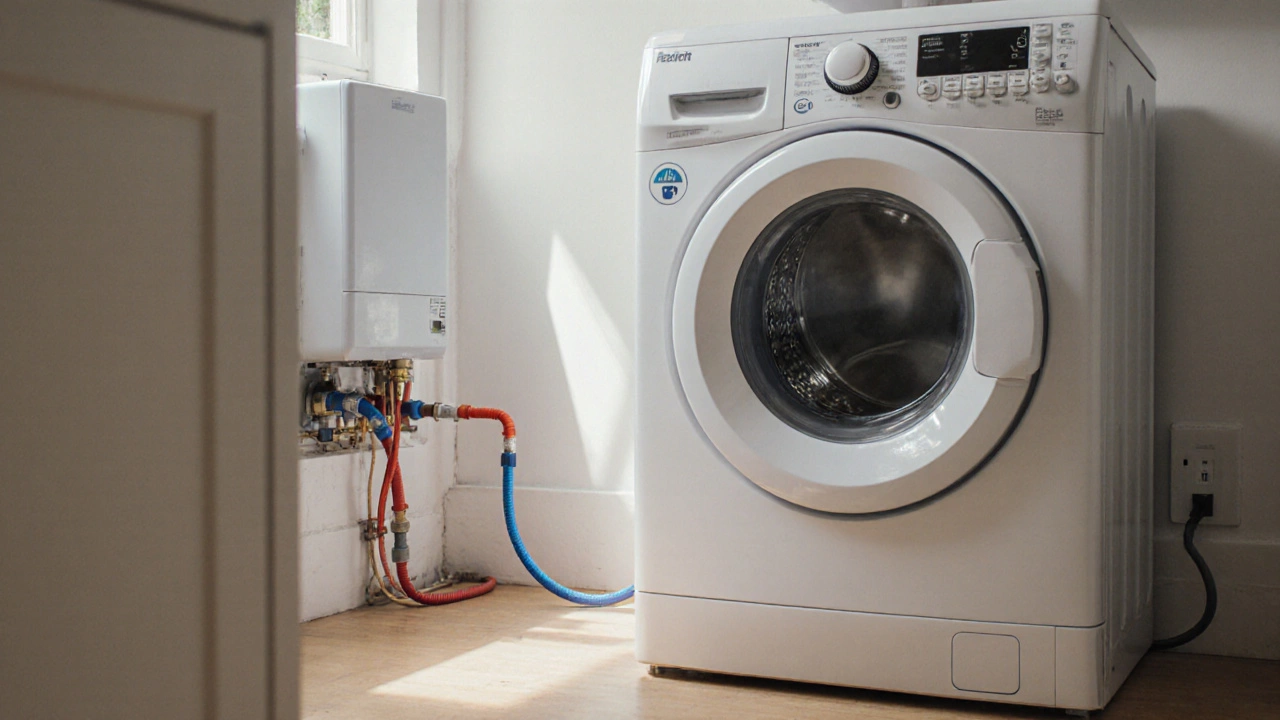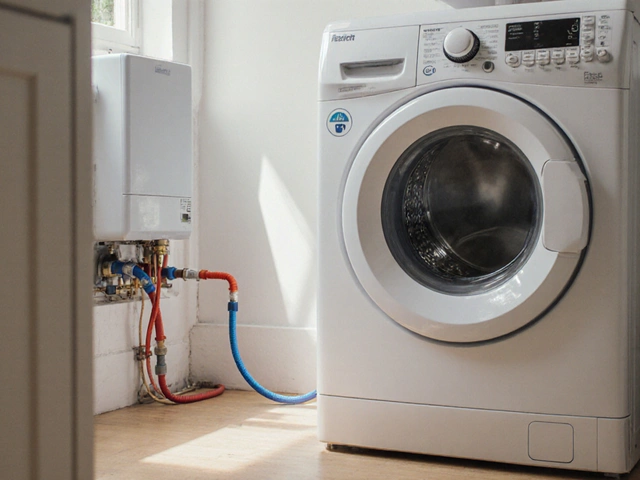What Do Appliances Really Do? Unveiling Their Secrets
February 26 2025Washing Machine Troubleshooting: Simple Fixes for Everyday Problems
If your washer suddenly stops working, the first thought is usually “I’ll have to call a repairman.” But many issues are easy to fix yourself, saving time and money. Below you’ll find the most common symptoms, quick DIY steps, and clear signs when you should call an expert.
Common Issues and DIY Fixes
1. Machine Won’t Spin – Check the door latch first. If the door isn’t fully closed, the washer will lock the spin cycle for safety. Next, look at the load size; a cupboard‑full of laundry can unbalance the drum and stop spinning. Try redistributing the clothes and run a spin‑only cycle. If the problem persists, the drive belt might be worn or loose – removing the back panel, inspecting the belt for cracks, and tightening or replacing it is a straightforward job.
2. Water Won’t Drain – A clogged pump filter is the usual culprit. Most front‑loaders have a small hatch at the bottom; open it, place a towel, and carefully remove any lint, coins, or fabric pieces. After cleaning, run a short wash and see if the water drains. If the pump still sounds humming but no water moves, the pump motor could be burnt out, which is best left to a professional.
3. Leaking Around the Door – First, make sure the door gasket is clean and free of debris. Wipe it with a damp cloth and check for tears. A cracked gasket needs replacement; most manufacturers sell the part for under £30 and swapping it is just a matter of pulling off the old seal and snapping the new one in place. Also, verify that the detergent drawer isn’t over‑filled – excess soap can overflow and look like a leak.
4. Bad Odor – Mildew loves the moist environment inside a washer. Run an empty hot‑water cycle with two cups of white vinegar or a commercial washing‑machine cleaner. Leave the door open after each wash to let the drum dry. If the smell persists, clean the detergent drawer and inspect the drain hose for slime buildup.
5. Error Codes – Modern machines display numbers when something goes wrong. Write down the code and look it up in the user manual; most manufacturers list simple steps like resetting the machine (unplug for a minute, then plug back in) or cleaning a sensor.
When to Call a Professional
Even the most handy homeowner should know when a problem is beyond DIY. If you spot burning smells, hear loud grinding, or the machine repeatedly stops mid‑cycle after you’ve tried the basic fixes, it’s time to call a qualified repair service. Electrical issues, motor replacements, and sealed‑system problems require specialist tools and safety knowledge.
Another red flag is age. Washing machines typically last 10‑12 years with regular maintenance. If yours is older and you’re already spending on parts, replacing the unit may be more cost‑effective. A professional can give you an honest assessment of repair versus replacement costs.
Finally, safety always comes first. If you’re unsure about handling electrical components, unplug the machine and let a trained engineer take over. Trying to fix a high‑voltage part without proper training can lead to shock or further damage.
Regular maintenance prevents most breakdowns. Clean the filter monthly, wipe the door seal after each use, and run a cleaning cycle every few months. Keeping an eye on these small tasks will extend the life of your washer and keep it running smoothly.
So next time your washing machine acts up, start with these quick checks. You’ll often get it back in action without a technician’s visit. And if you do need a pro, you’ll know exactly what to tell them – making the whole repair process faster and cheaper.
 17 Oct
17 Oct
Can a Washing Machine Run When the Boiler Is Broken? Full Guide
Find out if a washing machine can still run when the boiler is broken, what functions are affected, safety checks, and step‑by‑step troubleshooting.
Read More... 7 May
7 May
Washer Problems: How to Diagnose Them Fast
Ever had your washing machine refuse to spin or make weird noises? This article gives you the inside scoop on diagnosing the most common washer problems without the guesswork. You'll get practical advice, easy checks you can do at home, and what to look for before calling in the pros. Catch the issue early and avoid spending a fortune on repairs. Save time, money, and maybe your favorite pair of socks.
Read More...



